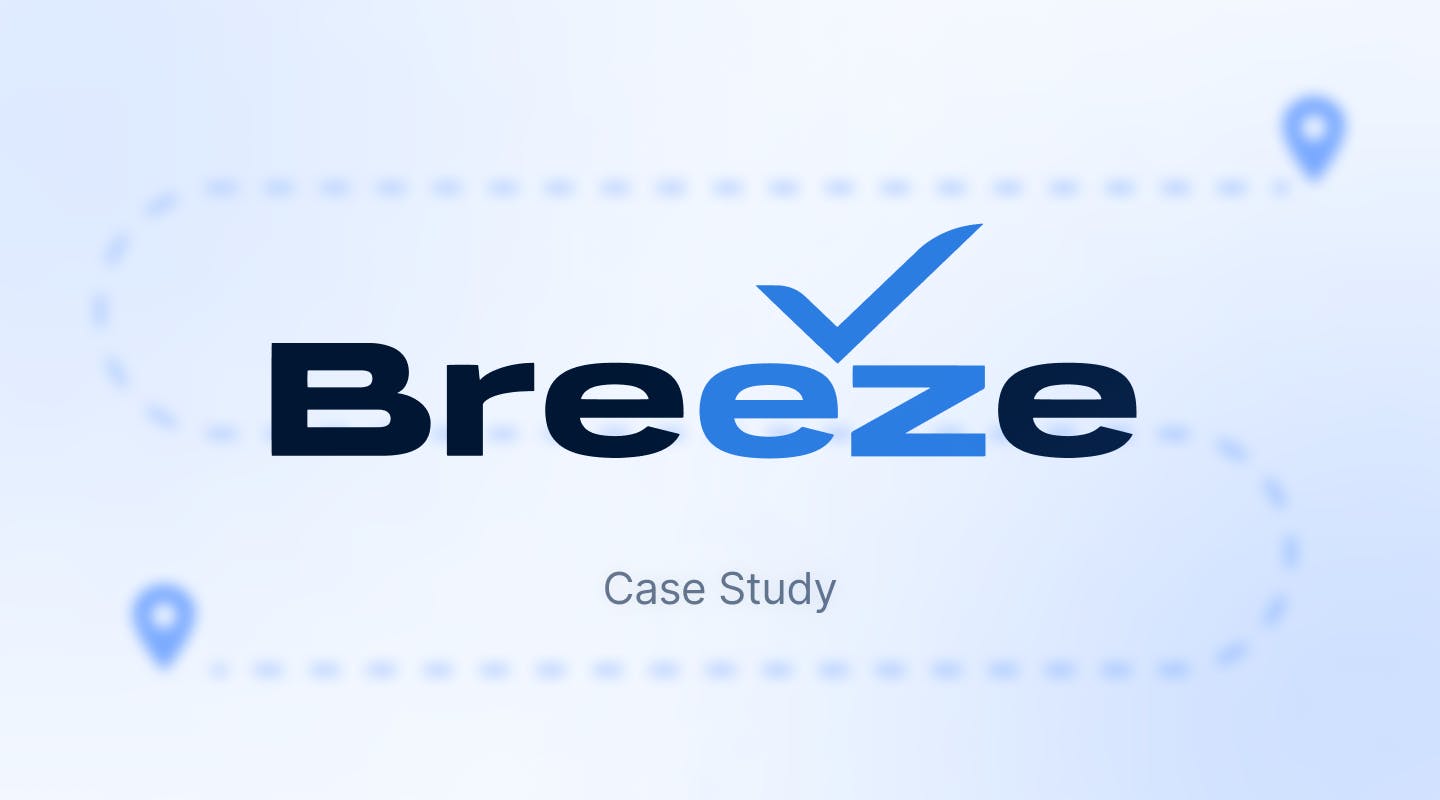Breeze Airways App: Taking Airline Digital Transformation to New Heights
Discover how Breeze Airways developed a beautiful, functional application across all devices for their customers and adopted Live Updates to push critical code changes directly to their customers' devices.

When the engineers at Breeze Airways launched their travel application—designed for guests to book and update flights, check in, and board seamlessly on any Breeze Airways flight—they decided to take a trip.
Breeze began their brand of “Seriously Nice” low-cost nonstops to 16 underserved destinations in the US in May 2021. At the end of June, the engineering team wanted to see how their customer-facing app was performing in the real world instead of under curated test environments.
They flew to a dozen cities along the east coast in one day.
“We flew nine hours in one day,” says Dee Evans, Director of Information Systems at Breeze Airways. “Everything was working just as expected.”
Their last flight of the day was scheduled to take the team from Charleston, South Carolina, back to Tampa, Florida—a 55 minute flight. Then, right as they were about to take off, they were hit with some news.
Challenge
Quick app update
“Tampa got hit with a huge storm, and we were told we couldn’t take off,” Evans remembers. “All of the passengers had to get off the plane. We were delayed three hours for a 55 minute flight.”
After the first hour of delay, customers started coming up to the engineering team in a panic.
“My flight is no longer on the app. It’s gone!” one customer said.
Flights were programmed in the app to last an hour after takeoff. As it turns out, the delay was not reported correctly, so the app assumed the flight left as scheduled.
With the flight removed from the app, passengers lost the ability to view their boarding passes.
“We had to act quickly,” Evans recalls.
If we would have had to do the update in the app store, we would have been screwed.
Dee Evans, Director of Information Systems at Breeze Airways
Breeze Airways Airbus
Solution
Deploy real-time app updates with Live Updates
This was the first real major delay Breeze saw for any of their flights. Luckily, the entire engineering team was on board.
Evans and his team worked quickly to push a code change that fixed the logic and brought back the missing flight to the Breeze Airways app using Live Updates—an Ionic product that allows developers to ship live app updates, critical bug fixes, content changes, beta features, and more in real time.
Within minutes, the flight was back online.
“If we would have had to do the update in the app store, we would have been screwed,” says Evans.
As a startup airline that recently began flying, it’s hard to predict the unexpected travel hiccup.
“All developers try to get the edge cases and don’t think certain things will happen until they do,” Evan muses. “We need to be agile and move quickly like any other startup, but we’re also an airline, which adds to the complexity.”
Ionic apps use Live Updates to check for the latest updates and automatically upgrade to newer versions. The service works seamlessly in the background, and unless there’s a change to the native code, no user action is required to keep apps updated.
Most airlines have around 100 people employed per aircraft. We have about half because technology like Ionic gives us the ability to create a great customer experience at a low cost.
Dee Evans, Director of Information Systems at Breeze Airways
Results
Beautiful design, functional app, time and cost saved
Breeze Airways has created an entirely new segment in the market. Their goal is to provide low enough fares to compete with other budget airlines while providing a customer experience that rivals other major airlines.
Like any modern company, technology serves as a bridge between the customer and product.
“We consider ourselves a technology company that happens to fly airplanes,” says Evans.
With such an importance placed on technology, cost is often a barrier. But with the help of Ionic products like Live Updates, Breeze Airways has been able to save app development costs upfront, which they recycle to their customers in the form of lower fares.
“Most airlines have around 100 people employed per aircraft. We have about half because technology like Ionic gives us the ability to create a great customer experience at a low cost,” says Evans.
Evans pitched Ionic early on in the app development process. The team needed a solution to fulfill their vision of developing a beautiful, functional application across all devices for their customers.
“We were inheriting a Xamarin app built on a platform that many other airlines use for backend booking,” recalls Evans. “But we wanted to differentiate our brand and company by pushing out a beautiful app across three different platforms quickly.”
Ionic has proven to be the best solution for Breeze Airways’ cross platform app development needs. Their application is distributed across iOS, Android, and web platforms with one codebase and built by one team of engineers. This not only saves Breeze Airways talent and production costs, but time as well.
“As a startup, you have to be continually delivering. That’s what Live Updates gives us,” says Evans. “Ionic is scaling with us.”
Learn more about Breeze Airways on LinkedIn, Twitter, and Facebook.